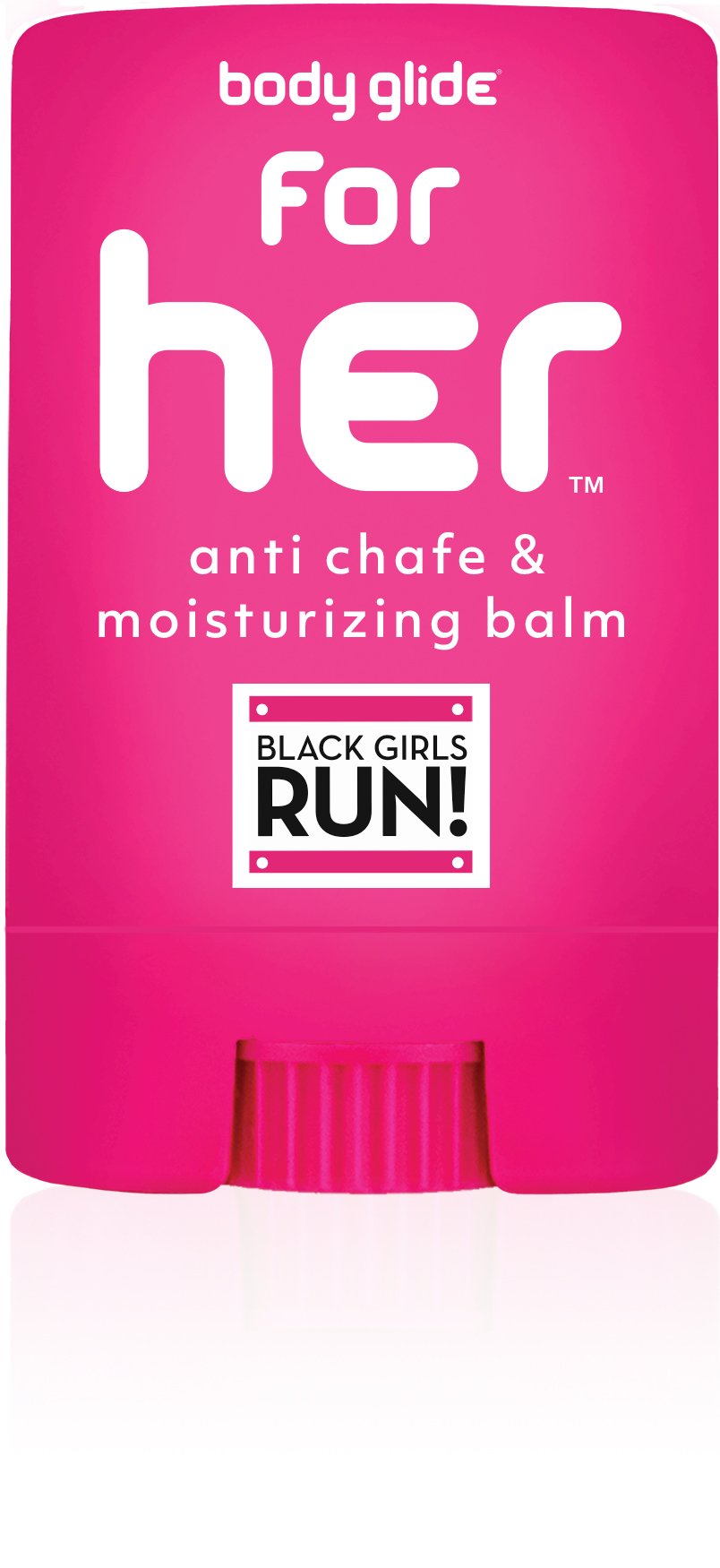Aug 27, 2019
#SWYS19 Sponsor: 5 essentials to have before your next (or first) run

Whether you are a seasoned runner or just starting out, here are 5 essentials to have before your next (or first) run.
-
Shoes
One of the most important components to running is making sure your feet are housed in a pair of shoes that are comfortable, supportive and can withstand the impact of the distance you are about to go. With all of the shoe lingo floating around out there, zero drop, minimalist, cushion pronation, supination, etc. it is important to get a pair of shoes that work for your feet.
To find the right pair of shoes, it is recommended that you visit your local run shop. Many workers in local run shops have been trained to help you find the shoe that helps support the way you move and minimize movements that can cause discomfort and/or injury.
Be prepared to spend some time at the shop so you can try on different shoes (and different sizes) to ensure you find the best pair for your feet. -
Socks
Whether the sock is too big, too small, rubs in a weird spot, keeps moisture next to your foot or slides down the back of your heel, having a bad sock day can take you from a great to grumbly run in no time.
Majority of runners will tell you to avoid cotton socks at any cost. They may be an inexpensive alternative, but cotton is known to absorb water & sweat and keep it close to your feet which can cause hot spots & blisters.
Instead opt for either a natural fiber and/or synthetic sock that will help wick moisture away from your foot and reduce the chance of blisters and hot spots.
Runner’s World came out with a list of good running socks this year. You can check it out here. -
Nutrition
As a runner there will come a time when you hit that dreaded “bonk”. That time when your body runs out of energy, your legs start feeling heavy, and even though it feels like you are working harder your pace slows.
One way to help prevent a “bonk” is to eat. But… When should you eat? How much should you eat? What should you eat?
Each person is different so you will have to experiment and see what works best for you, but there are a couple rules of thumb:
When should you eat?A basic rule of thumb is to start consuming calories after about an hour of running. This allows you to start replenishing muscle glycogen stores before they are depleted.
How much should you eat? It is recommended that you eat about 100 calories after 60 minutes of running and eat around 100 calories every 40 to 45 minutes after that.
What should you eat? You will have to experiment to see what works best for your stomach, but you will want to start with foods that are rich in simple carbohydrates to easily replenish your glycogen stores. Some good examples are: Sports Drinks, Gel Packets, Sport Gummies, energy bars, or more natural alternatives like gummy bears or jelly beans.
While trying different foods stay away from fiber-rich foods, dairy products, and spicy foods as they may upset your gastrointestinal tract.
Check thisarticle out for a more in-depth look at nutrition while you run. -
Hydration
Moisture loss while you run, through sweat and breathing, can lead to dehydration. As dehydration increases it can cause dry mouth, fatigue, a decrease in coordination, overheating, muscle cramping, and more. Distance, temperature, and weather conditions can all be factors in how much you need to rehydrate and when.
When to Drink on a Run– The best time to drink is when you are thirsty. Although this sounds like a simple piece of advice, it can be difficult to know how much liquid to bring on any given run. It will take some experimentation to find out how often you get thirsty, but a good place to start is plan to drink 4 to 6 ounces every 20 minutes.
What to Drinkon a Run – Water is a great place to start you drinking program. If, however, you are planning a longer run (over 90 minutes) you will want to include some sport drink or electrolyte replacement product.
For more information about hydration options check out thisarticle from verywellfit. -
Skin Protection– When talking about skin protection most people’s think of sunscreen or lotion, but one of the most important types of skin protection the kind that protects your skin from being rubbed the wrong way.
Whether it be on the thighs, the feet, the bra line, the butt, the underarm, or anywhere else on your body, rubbing can lead to chafing, blisters, hot spots, irritation, and raw skin. (And, of course… a painful shower at the end of it all.)
Instead of applying first aid after the problem has occurred prevent it with Body Glide® anti-chafe/anti-blister balms. These balms form an invisible, protective barrier on skin to help stop blisters and chafing before they start. Body Glide® balms go on dry; not oily, greasy, or goopy. They don’t contain petroleum, lanolin, or messy oils and are paraben, phthalate, and cruelty free.
To check out the full line of Body Glide® balms click here.

